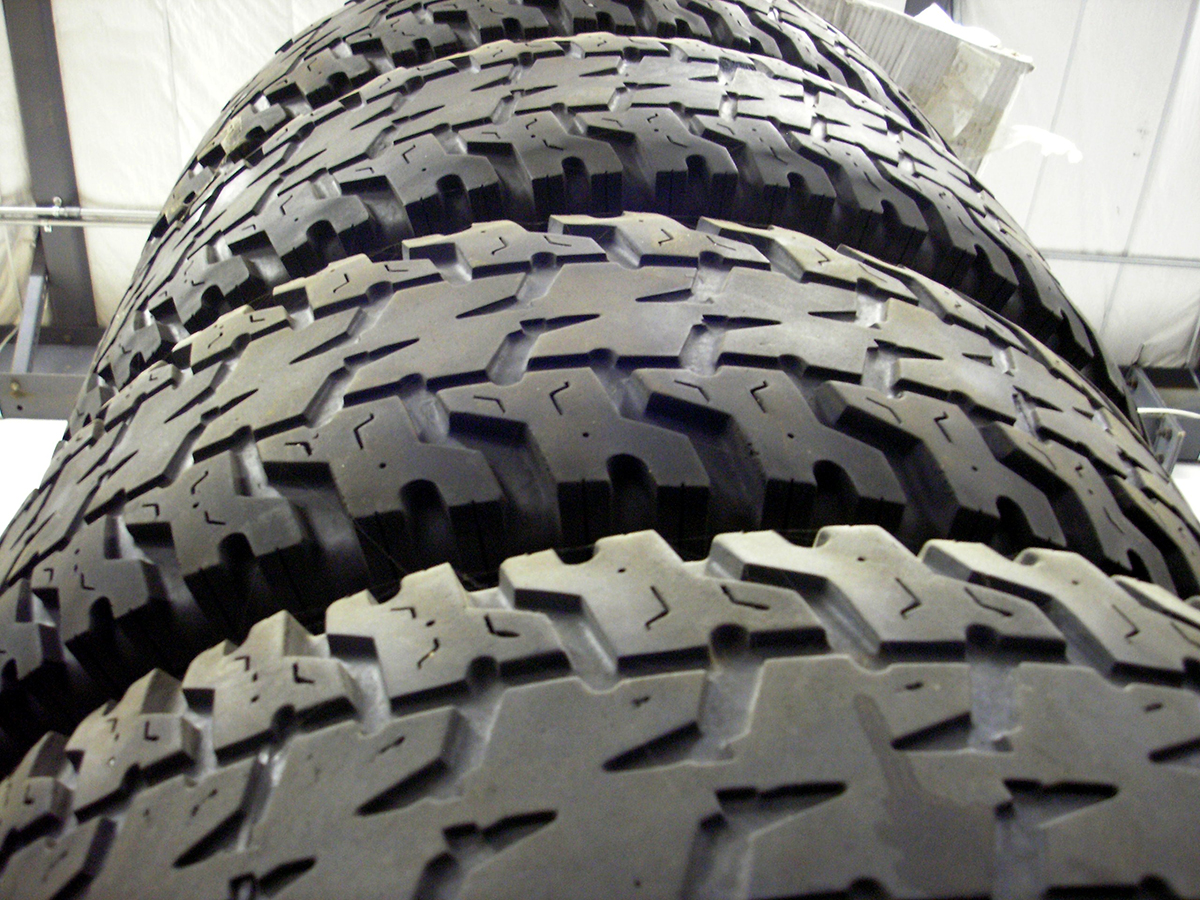When buying tires the typical consumer looks for a solid value, usually between how many miles the tires they are purchasing are rated to drive and their cost. Most consumers are looking for the best tires available for their budget. Beyond that, car owners rarely consider more than rotating them unless a tire pressure light comes on or they end up with a flat. During a standard maintenance, such as a necessary tire rotation, your mechanic should advise you to replace overly worn or low tread tires.
Most of your tire’s life is driven between your maintenance, and even the best mechanics can’t eliminate every issue from happening. In this article we will discuss several of the most common indicators that it’s time to replace your tires.
Top 4 Indicator It’s Time To Replace Your Tires
Tread Wear
Newer tires have tread wear indicators, but a simple penny test or waiting for these indicators to present themselves may be placing you in harms way. If you don’t have more sophisticated tools available to you, then a penny or quarter may help you identify if your tire are losing tread, but should not be the only indicator as it may come too late.
Sidewall Cracks
In such a dry climate, Las Vegas car owners experience sidewall cracks as a sign that tire replacement is necessary. Visual tire sidewall cracks usually means that your tire has developed a leak or worse, is about to blow out. If you can see cracks in your tire’s sidewalls don’t delay, see a tire care professional immediately.
Weak Spots
If you see bulges, unusual bumps, blisters, or other abnormalities on the surface of your tires, these may be indicators of weak spots. A weak spot can easily create a blowout as the tire surface begins to bend and move under the pressure of the air in the tire. Your vehicle doesn’t have to be moving to experience a blowout from such weak spots. It’s not unheard of for a tire to blow even when it’s not in motion, which can cause potential harm to yourselves or others.
Vibrations
After driving the same vehicle, likely on the same roads, for a period of time, you should know what a normal vibration is. Experiencing unusual vibrations could mean your tires need to be replaced. Other reasons for feeling vibrations while driving may include needing your tires balanced or your alignment corrected. Both balancing and aligning your tires will give you a longer tire life. But the opposite goes for unbalanced or misalignment issues, which can wear your tires much faster, reducing their life.
Be sure to check with your local mechanic for a professional tire inspection, and always consider replacing when your tires are near or have reached their mileage or life span. Remember, tires help keep you safely on the road. Ignoring warning signs and other indications are a surefire way to end up on the side of a Las Vegas road.

